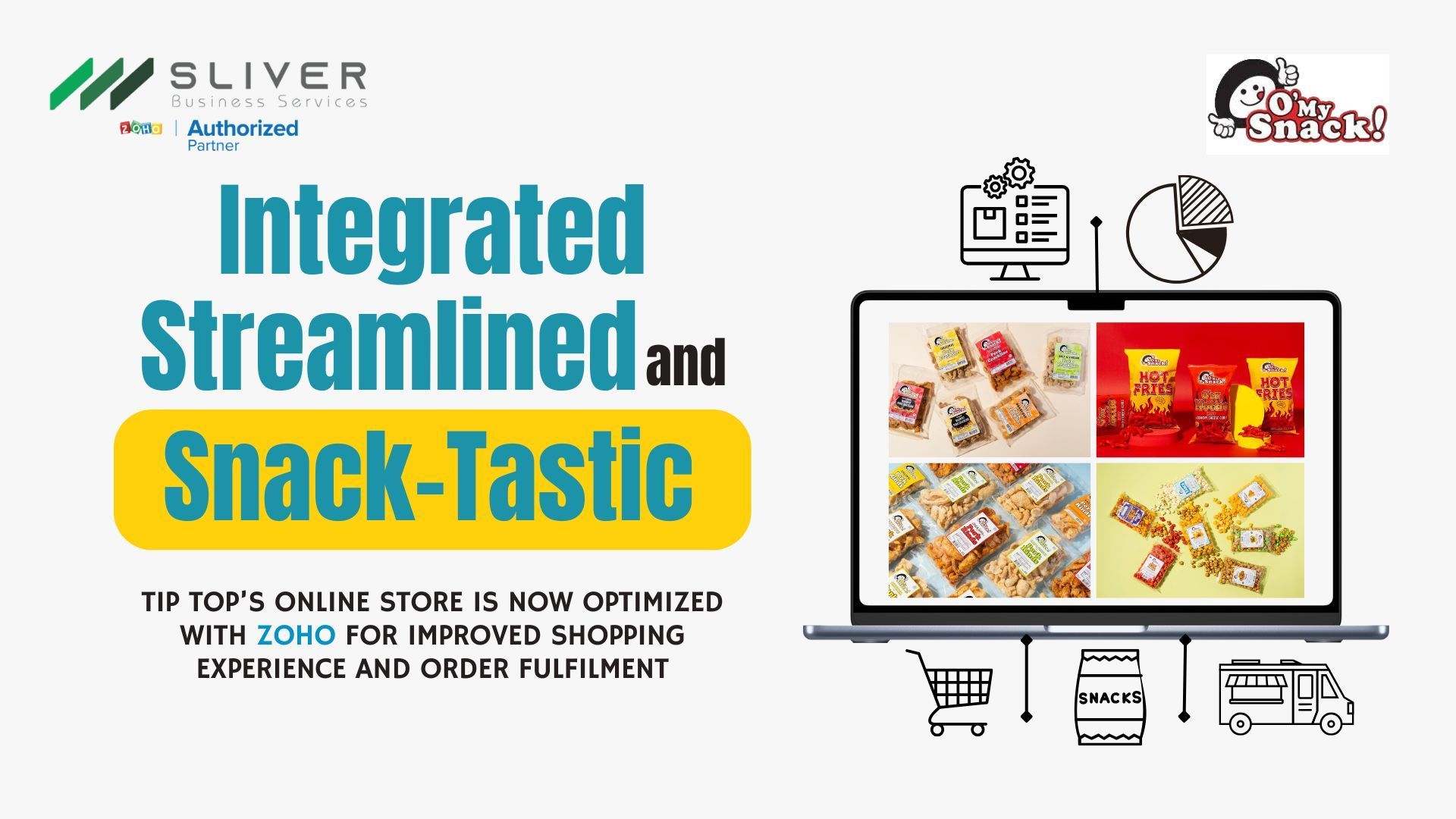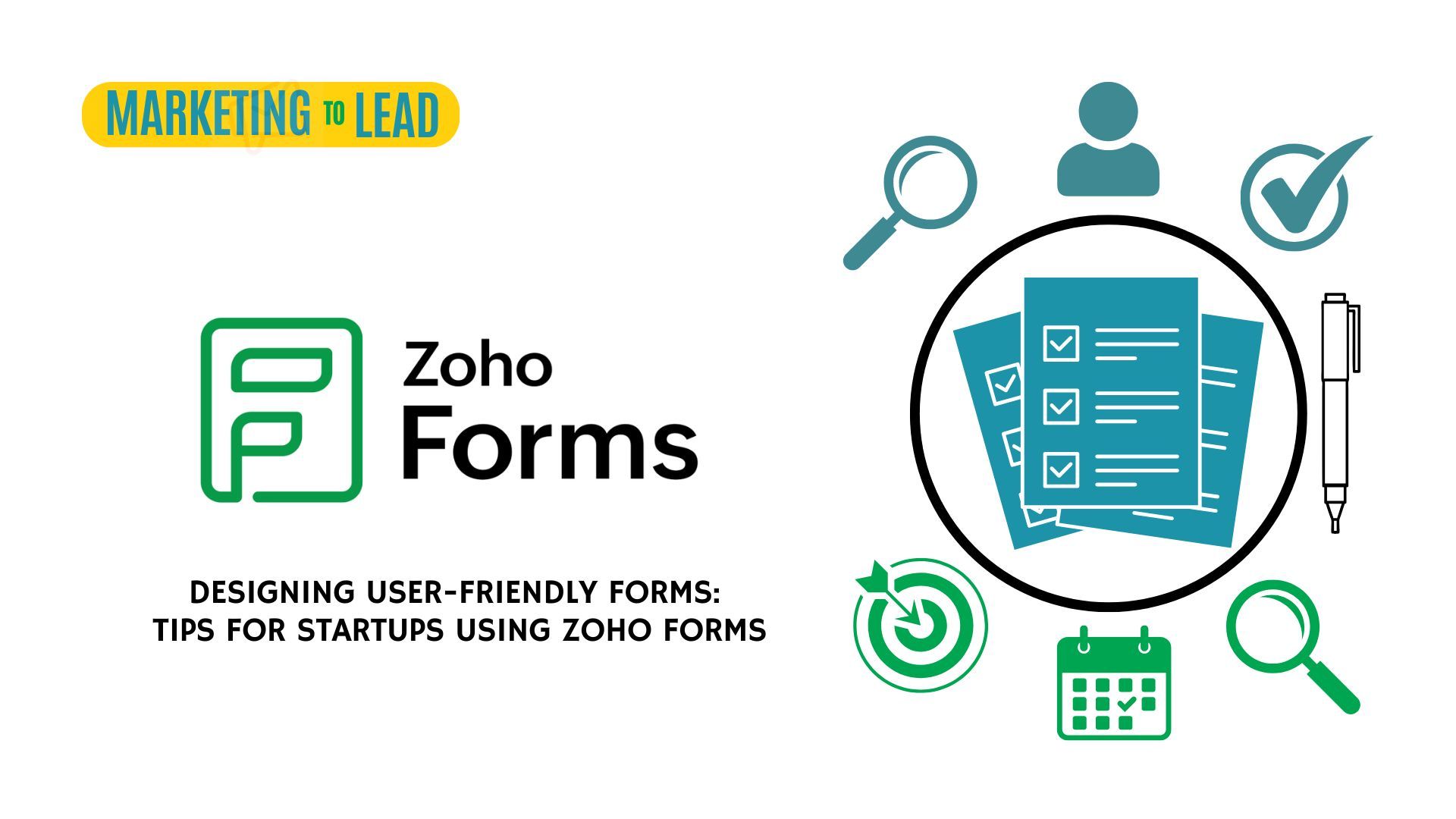Incorporate to Dissolve: The lifecycle of a startup and small business
Incorporating and Dissolving a Business

The lifecycle of a business from incorporation to dissolution
More people are interested in starting their own business now than ever before. They start a business for various reasons. Some want to take up a challenge and innovate; some want to do it for the potential to create wealth; while some other want to be their own boss. Whatever be the reason, starting a business requires one time tasks and ongoing repetitive tasks. Similarly, shutting down a business also needs some tasks to be performed.
In this blog we will discuss the key and overarching activities that need to be performed during the life of a business from its incorporation to dissolution.
Incorporation
Incorporating is the process of registering your business as a corporation. Shareholders, directors, and officers are the three parties who control corporations. Shareholders own the company (through stock purchases) and elect a board of directors to make policy and management decisions. Officers (CEO, CFO, secretary, etc.) who administer the corporation on a daily basis are appointed by the board. Incorporating the business has purposes such as:
- Preserve the business owner's personal assets
- Obtaining capital with ease
- Boost company's Credibility
- Exist indefinitely
- To obtain anonymity
Pre-work for starting a business:
- Create a Limited Liability Company
- Get a Business License in your state
- Establishing a business banking
A limited liability company (LLC) is a sort of business structure that offers limited liability protection while also allowing for tax pass-through. A limited liability company (LLC), like a corporation, is a legal entity separate from its owners. As a result, owners are rarely held personally accountable for the company's debts and liabilities, which is why it is so popular among small enterprises. Other forms are S-Corp and C-Corp which are more suited if the owner plans to have shareholder and/or raise capital.
Even if forming an LLC is easier than forming a corporation, there is still some administrative and regulatory work to be done. Here's a step-by-step approach to legally forming an LLC:
- Choose a name for your limited liability company
- Decide a registered agent
- Make an operating agreement for your LLC
- Follow related tax and regulatory regulations
EIN application
LLCs must apply to the Internal Revenue Service for an EIN, also known as a Federal Tax ID, which serves as the company's tax identification number. The IRS uses this number to identify firms, and they also use it to keep track of the company's payroll and other activities with its employees and management.
Other businesses with which the LLC does business may also need an EIN for their transactions. Additionally, banks may require an EIN before opening a business account for an LLC.
Benefits of incorporating a business:
- Limited Liability provides asset protection - While the corporation fulfills its mission, it offers real asset protection to its stockholders.
- Corporate identity development - The addition of the words "Incorporated" or "LLC" to a company's name lends legitimacy and trustworthiness. Conducting your business legally and honestly is one sure-fire strategy to achieve commercial success.
- Ownership transfers are made simpler - A sole proprietorship has no existence outside of its owner and cannot be sold or transferred to another person. The corporation, on the other hand, provides an effective mechanism for transferring ownership: stock can be exchanged for assets.
- Ability to establish credit and raise funds - A corporation can build credit, borrow money and sell equity to raise capital.
Ongoing maintenance of the business entity:
- Organize an annual meeting and keep meeting minutes
- Submit an annual report to your state government
- Pay franchise tax/fee if applicable
- If you have one, pay the registered agent fee
- Verify that trade marks and DBA status are still valid and, if necessary, renew them
- Any modifications to the entity type should be updated in your CPA
Dissolution
Anyone may desire to cancel the incorporation, or rather dissolve the corporation, when closing down a business that runs through a corporate body. The dissolution of an incorporation of a corporation can be either voluntarily by filing a notice of dissolution with the Secretary of State or involuntarily by government action because of failing to pay taxes, as decreed by a court after a vote of the shareholders. Company assets are then liquidated and distributions are made to pay off corporate debts during dissolution.
Purpose of Dissolving a corporation:
The dissolution of a corporation may be the only viable option when severe financial issues make it impossible for a company to continue operating. The assets and liabilities of the firm are totaled, financial reports are made, and the corporation is dissolved by filing corporate dissolution or bankruptcy paperwork.
Process of dissolving a corporation:
Approval of the corporation's or LLC's owners
The dissolution of a corporation or LLC requires the approval of the company's owners. In corporations, the action must be approved by the shareholders; in limited liability companies (LLCs), the action must be approved by the members.
Obtaining a state-issued Certificate of Dissolution
The documentation for the corporation or LLC must be filed with the state in which it was formed.
Filing federal, state, and local tax forms
Tax obligations do not immediately cease. Business owners must formalize their business closing with the IRS as well as their state and local taxing agencies.
Wind up affairs
The corporation or limited liability company (LLC) must complete its operations. It is then unable to conduct any business other than what is required to close its books and dispose its assets. During this time, the business can take the following actions:
- Settle debts
- Notify employees, customers, insurance, and vendors
- Apply to revoke licenses, permits, and registrations
Resolving creditors' claims
The corporation has the option of accepting or rejecting creditor claims. Accepted claims must be paid or suitable repayment agreements must be arranged with creditors. This must notify creditors in writing that their claims have been rejected by the company. Make sure that they hire an attorney to help them with the process and to educate them on the applicable laws in their state.
Relevant Zoho Apps in Incorporating and dissolving a business:
- Zoho Calendar - is a web-based calendaring program that lets you plan, manage, and monitor appointments, meetings, filing dates, and other significant dates. This can help businesses organize their schedules in managing their corporation.
- Zoho Workdrive - is a file storage platform allowing teams to store, share, manage, and collaborate on files of any size. This can help in storing all the files that are created during the life of a business.
- Zoho Books - is a cloud-based accounting software that lets you manage your money, automate company transactions, and prepare financial statements for the business.
How we help?
Sliver Business Services helps startups and scaleups in developing business systems. We typically serve small and medium-sized businesses, groups, and non-profit organizations implement a comprehensive, integrated business suite in alignment with their long-term IT Strategy and enable processes that execute with minimum friction.
At Sliver, we use Zoho applications to achieve the fastest implementation time for a Incorporate-to-Dissolve system, which is 50% faster than the industry average. Our full-service consulting and professional services help map out a company's particular implementation requirements, whether it's a small business, an enterprise, or something in between. We integrate sales, marketing, and product and service departments on one platform improving drastically the customer experience.
For more information visit us at https://www.sliverusa.com/systems-for-startups. You can also email us at info@sliverusa.com or call us at +1 331.888.2627.










